As the Summer Solstice passes by a couple of days ago, indicating the beginning of summer, the Winter Solstice is waiting for you at the end of the year. Here’s some information about the Solstice in Chichen Itza and what it meant for the Mayans. Just in time for you to plan your holiday vacation or just to save it for when the time comes, here's something you can't miss…
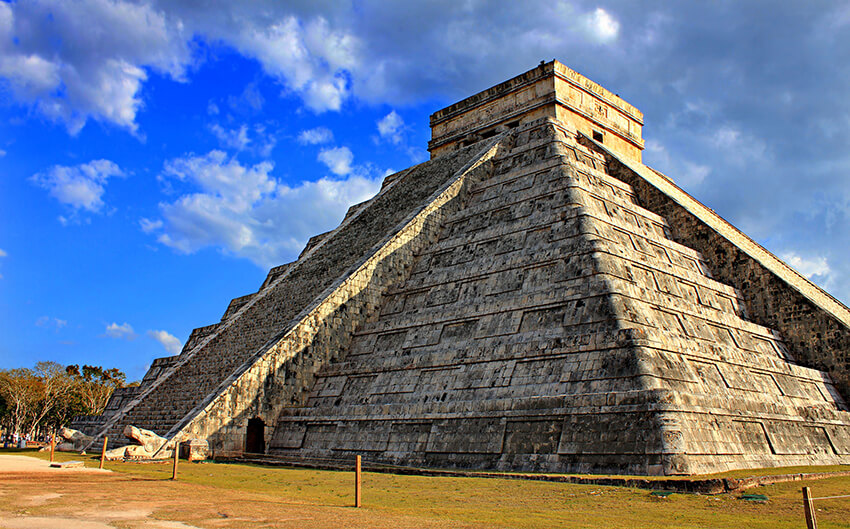
The word “solstice” comes from the Latin word “sostitium” which means “the sun stops”. Solstices are a natural phenomenon that occurs twice a year when, as the Earth orbits the Sun, with a 23.5° inclination, it gives us the beginning of Summer or Winter (depending on which hemisphere you are in).
As the solstice is related then to how the Earth orbits the Sun, NASA has confirmed that the inclination of the Earth affects the amount of sunlight that the Eart receives, which results in the change of seasons. This makes Chichen Itza the perfect scenario to witness any sun phenomenon, equinox, solstice, eclipse, you name it.
A common denominator between some ancient cultures around the world is that they thought of the Winter Solstice as the representation of a time of renovation.
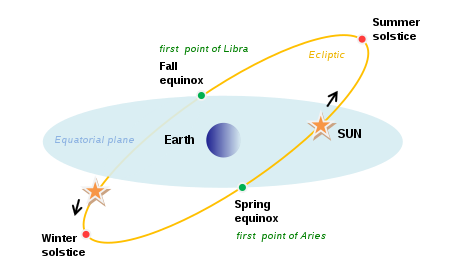
As one of the 7 Wonders of the World, Chichen Itza is one of the best places to experience the Winter Solstice. What happens during the Solstice is, when the sun shines at a specific time, the northern and western faces of the Pyramid of Kukulkan remain in dark shadows, while the southern and eastern sides get the beams of the sun.
In 2022, we have witnessed the Spring Equinox and the Summer Solstice, so coming up next is the Fall Equinox and the Winter Solstice… The Winter Solstice will take place on a Wednesday, December 21st, 2022, starting at 16:47. This will represent the shortest day of the year and the longest night of the year.
One must not confuse the Solstice with an Equinox. During the Equinox, the Sun sits right in the middle of Ecuador, making the sunlight shine equally on both hemispheres. On the contrary, during the Solstice, the Sun sits on the Tropic of Capricorn, shining into one hemisphere more than the other. Also, days and nights last the same during the season of the Equinox (spring and fall), while during the Solstice (summer and winter), days and nights last different hours giving more or less daylight.
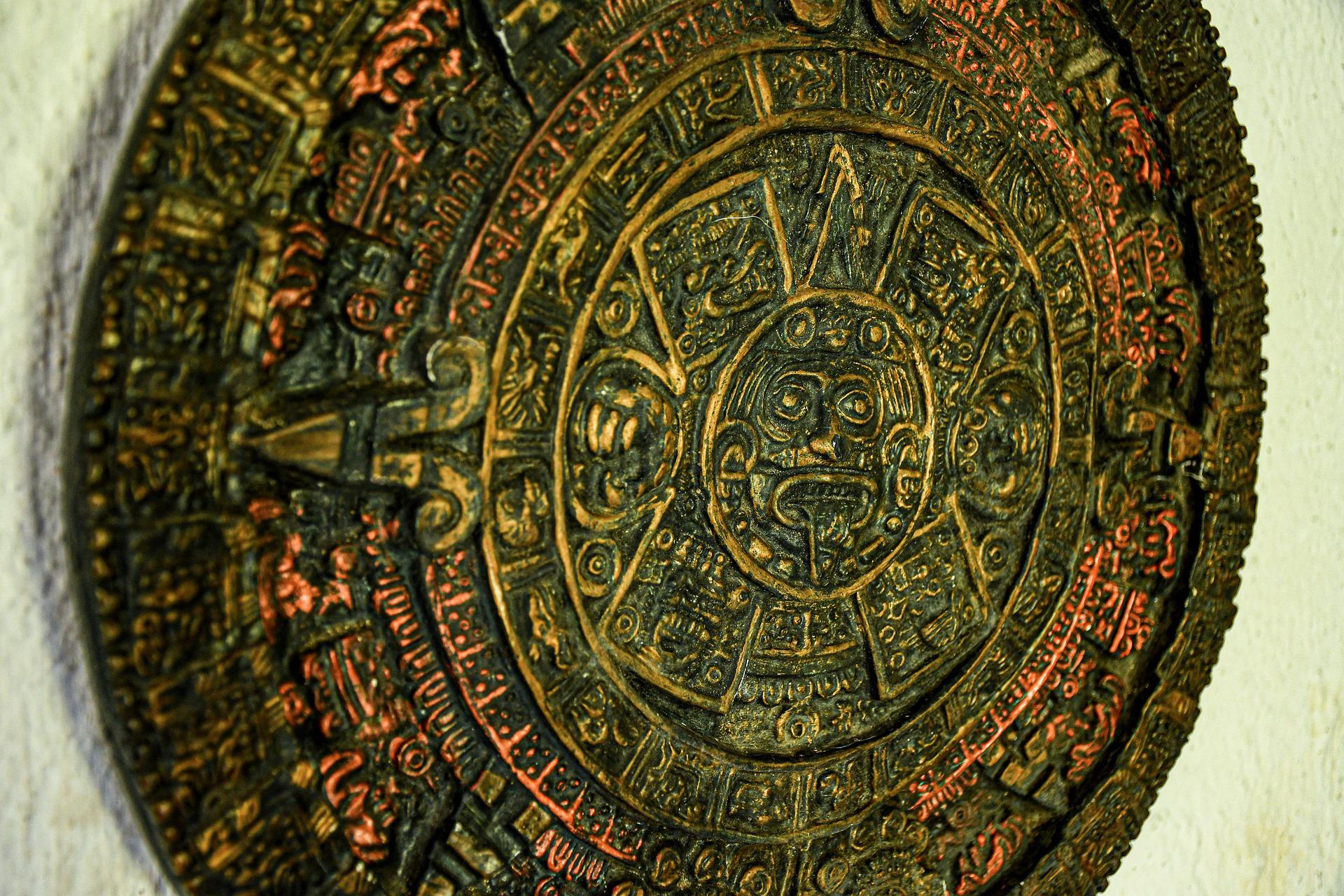
The Solstice is a moment of great importance for the Mayan Culture. It indicated a new Sun being born, winter’s arrival, and set the time to let the Earth rest for the following cultivation season.
Doesn’t it all sound amazing and sophisticated? Well, the Mayans already knew about it, and they built their buildings with this in mind. The orientation and shape of their buildings all had a purpose. Through light and shadow, they could tell the time of the year, for example in the Mayan Calendar. Another great and more common example of this is the Pyramid of Kukulkan.
As you may know, Mayans, like other ancient civilizations, were well studied in astronomy. They believed their gods were represented in the stars and the universe, so the light of the sun and how it changed depending on the time of the year, meant more than just the beginning of a season.
Just like Equinox, the Solstice occurs twice a year. The Summer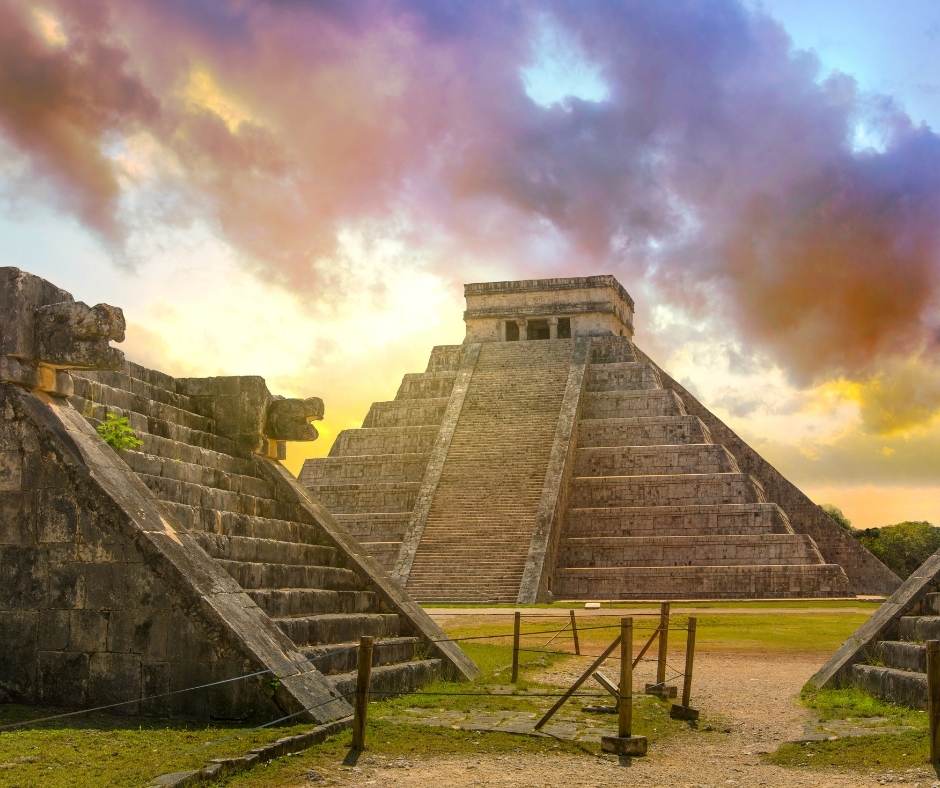 Solstice happens between June 21st and the 23rd; while the Winter Solstice happens between December 21st and the 23rd.
Solstice happens between June 21st and the 23rd; while the Winter Solstice happens between December 21st and the 23rd.
So during that time, in the Yucatan Peninsula, as well as in Chiapas, you can find spectacular Archaeological Sites to witness this phenomenon. Here’s a list of places to visit during the Solstice in Yucatan:
Disclaimer: These dates are referring to the Seasons in the Nothern Hemisphere. Southern Hemisphere experiences its Summer Solstice during this time.
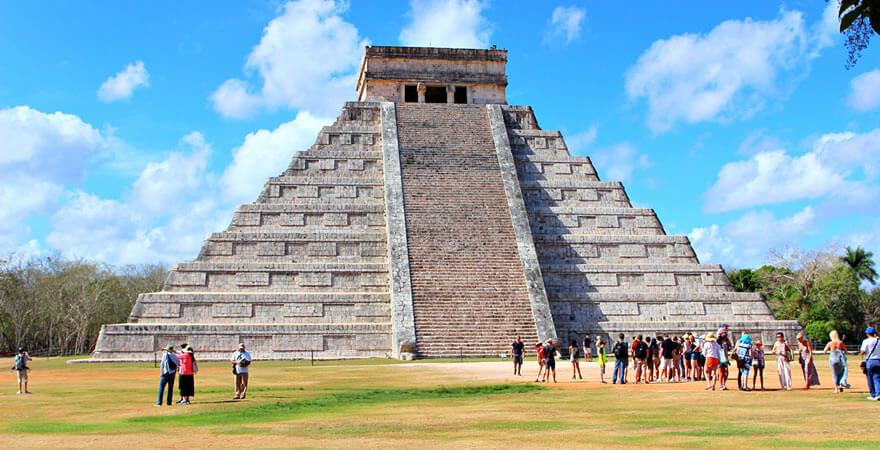
The best thing about this type of natural phenomenon is that you can, first, be able to witness them despite the time of the year you visit the site; second, each season is a different experience! There will be always something new waiting for you when it comes to Solstice at Chichen Itza.